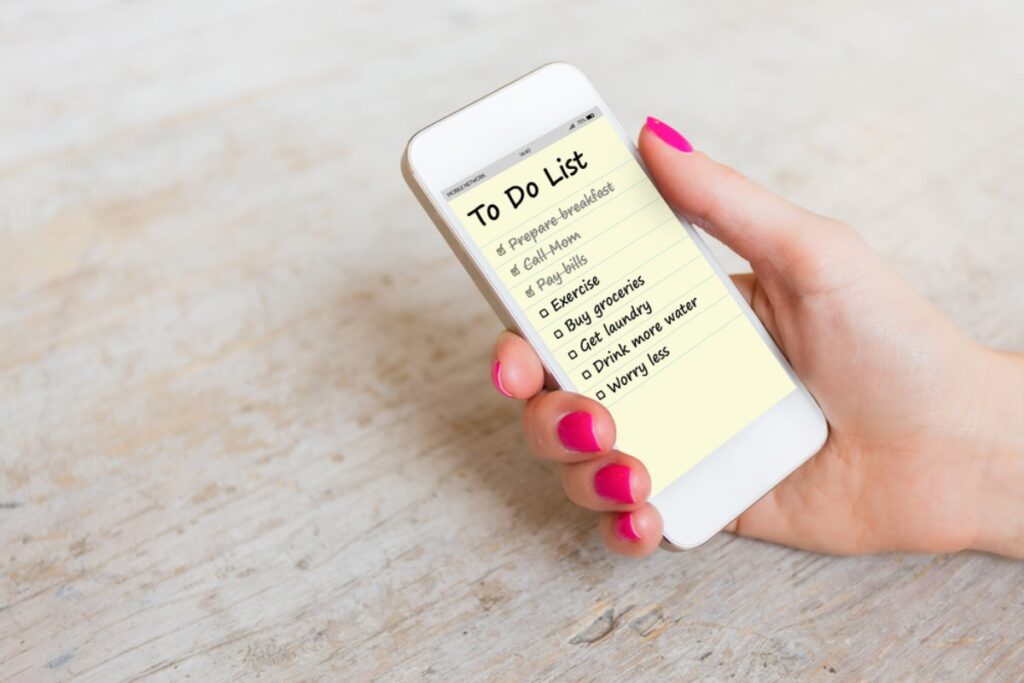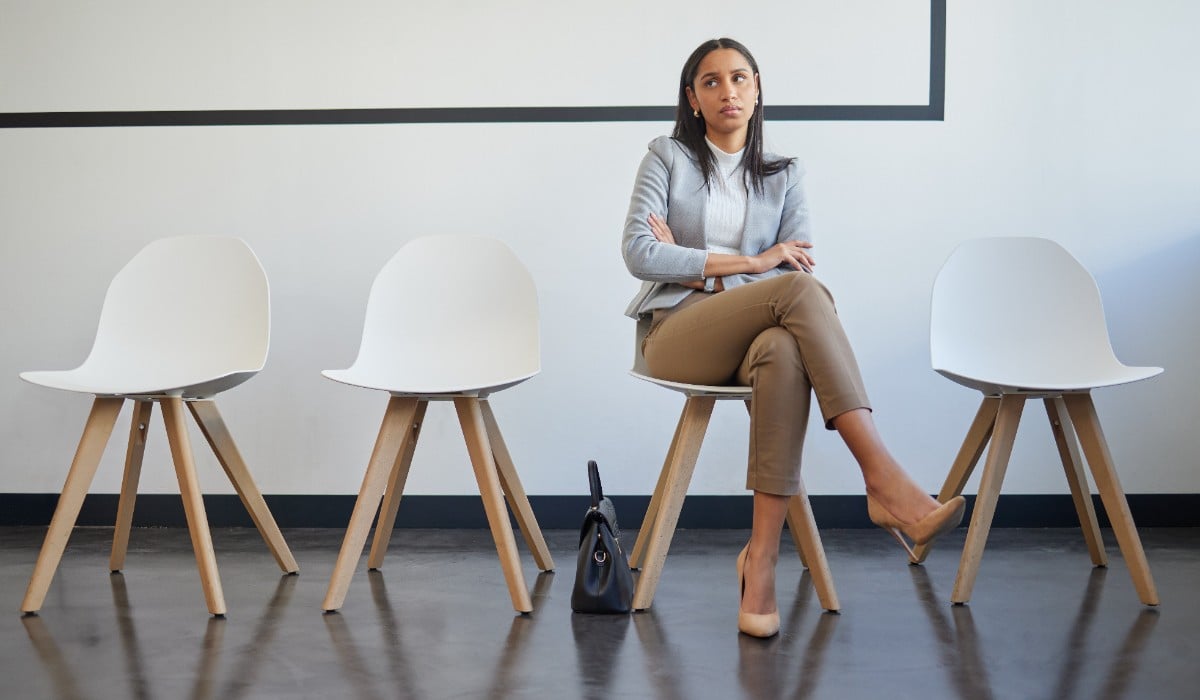12 Things People Do in Waiting Rooms Out of Pure Boredom
Waiting rooms can feel endless and uncomfortable. Whether you’re at the doctor’s office, a hospital, or anywhere else, you’ll likely find yourself searching for ways to keep busy.
People often do simple or creative things just to keep themselves busy when boredom hits in waiting rooms. These small actions help make the wait feel shorter and less frustrating.
You might recognize some of these habits as things you’ve done yourself or noticed others doing around you.
People-watch and imagine strangers’ stories

When you sit in a waiting room, you might start to notice the people around you. Watching them can help pass the time and keep your mind busy.
You might see someone tapping their foot or reading a magazine. Try to imagine who they are and what brought them here.
Maybe the man in the corner just got back from a trip. Or the woman by the window could be waiting to hear good news.
People-watching lets you practice paying attention to small details. It helps you be curious about others without speaking.
You don’t need to stare hard or be obvious. Just glance around gently and let your imagination fill in the blanks.

When you’re stuck in a waiting room, it’s easy to grab your phone and start scrolling through social media. Your feed seems to never end, and before you know it, you’ve spent way more time than you planned just watching posts and videos.
Social media is designed to keep you hooked. Every new post gives you a small burst of excitement or interest, which makes you want to see more.
Sometimes, scrolling helps pass the time, but it can also make you feel tired or distracted. You might catch yourself doomscrolling, which means looking at sad or stressful news over and over.
Read magazines or newspapers

When you sit in a waiting room, magazines and newspapers are often close by. You might find a stack on a table or rack.
These can be a simple way to pass the time. You can flip through pages to catch up on news or enjoy a light story.
Sometimes, browsing pictures or ads helps distract your mind from waiting. Even if you bring your own reading material, checking out what others have left behind can be interesting.
Old-fashioned or digital, reading can help make your wait feel shorter. It’s a quiet activity that fits well in a shared space with others.
Listen to podcasts or audiobooks

When you find yourself stuck in a waiting room, grabbing your phone or a small device to listen to a podcast or audiobook can be a great way to pass the time. You can focus on a story or learn something new while tuning out the background noise.
Podcasts come in many types like comedy, true crime, or educational topics. Audiobooks let you enjoy books without having to read the pages, which is handy when your hands are busy or tired.
Listening can also help you feel more relaxed. It gives your mind something interesting to do, making the wait feel shorter.
Since most people carry a phone these days, it’s easy to have a podcast or audiobook ready before you arrive. Just plug in your headphones, hit play, and the waiting time can start to fly by.
Play mobile games like Candy Crush

When you find yourself stuck in a waiting room, playing mobile games like Candy Crush is an easy way to pass the time. These match-three puzzle games are simple, fun, and don’t require a lot of focus.
You just swap pieces to match three or more and clear levels. Candy Crush has inspired many games like it, so if you ever get bored, you can try others with different themes or challenges.
Playing these games helps keep your mind busy while you wait. Plus, they don’t use much battery or need a strong internet connection, so they work well in most waiting areas.
Practice mindfulness breathing exercises

When you’re stuck waiting, try focusing on your breath to pass the time. Mindfulness breathing exercises help you stay calm and feel more in control.
Start by sitting comfortably and taking slow, deep breaths. Breathe in through your nose and out through your mouth or nose.
Pay attention to each breath as it moves in and out. You don’t need to do this for long.
Even a few slow breaths can help reduce your stress and clear your mind. If you want, find a simple pattern like box breathing—breathe in for four seconds, hold for four, then breathe out for four.
These exercises are easy to do anywhere, so you can use them anytime you feel bored or nervous in a waiting room.
Make to-do lists or plan upcoming days

When you’re stuck waiting, pulling out your phone or a notebook to make a to-do list can be a simple way to pass time. Writing down what you need to do in the next few days helps you feel more organized.
It also gives you a clear plan to follow once you leave. You can jot down errands, work tasks, or even fun things to try.
Planning like this makes waiting feel a little more useful. Plus, crossing items off your list later can give you a small sense of achievement.
If you like, you can also brainstorm goals or ideas for your week ahead. Even a short list can make a big difference in how you manage time after your wait is over.
Chat quietly with companions or nearby strangers

When you’re waiting, talking quietly with someone nearby can make the time go faster. You might chat with a friend or even a stranger sitting close to you.
These small talks don’t have to be long or deep. Sometimes, keeping your voice low helps you avoid drawing too much attention.
You can share simple things like how your day is or what you think about the place you’re in. If you feel shy, listening more than talking is okay.
Quiet people often notice when the mood changes or when something different happens. This can help you join the conversation at the right moment.
Talking softly helps you stay relaxed and avoid feeling rushed. It also gives you a chance to make connections without pressure.
Doodle or sketch in a notebook

When you’re stuck waiting, doodling can be a great way to pass the time. You don’t need to be an artist.
Simple shapes, lines, or funny little characters can keep your mind busy. Drawing in a notebook can help calm your nerves.
It gives your hands something to do and can stop your thoughts from wandering too much. Try drawing things around you, like the chair you’re sitting on or people walking by.
You can also create your own little stories on paper. It’s a quiet and easy way to stay entertained without disturbing others.
Catch up on emails or messages

Waiting rooms give you a quiet chance to check your inbox. You can quickly reply to emails or text messages you’ve been putting off.
It helps clear your mind and frees up time later. Start by deleting junk mail and unwanted ads.
Getting rid of clutter makes it easier to focus on important messages. If you’re busy, this is a smart way to use your time.
Catching up on messages means you won’t feel rushed when you get back to work or home. It’s a simple way to stay on top of things while you wait.
Organize photos or files on their phone

Waiting rooms are a great place to tidy up your phone. You can use this time to organize your photos or files without any rush.
It helps you find things faster later. Start by gathering all your photos in one spot.
If they’re scattered across apps, try to move them into a main folder. This makes it easier to sort and manage them.
Next, create simple folders by year or event. For example, “2025 Vacation” or “Family Party.”
You can also delete blurry or duplicate pictures. This clears space and makes your gallery less cluttered.
Don’t forget to back up important photos to the cloud or another device. Besides photos, you can sort your documents or apps.
Delete what you don’t need and group files for quick access. Using waiting time for this small task can make your phone feel cleaner and work better.
Try language-learning apps like Duolingo

Stuck in a waiting room? Use the time to pick up a new language.
Language-learning apps like Duolingo offer short, fun lessons that keep your mind busy. You don’t need much focus, just a few minutes on your phone.
These apps use games and challenges to help you build vocabulary and grammar. They make learning feel less like work and more like play.
You can practice speaking, reading, and listening all at once. If you want something different, there are other apps like Babbel or Memrise.
Each app has its own style, so you can find one that fits how you like to learn. Plus, it’s a good way to use your phone for something useful instead of just scrolling.








